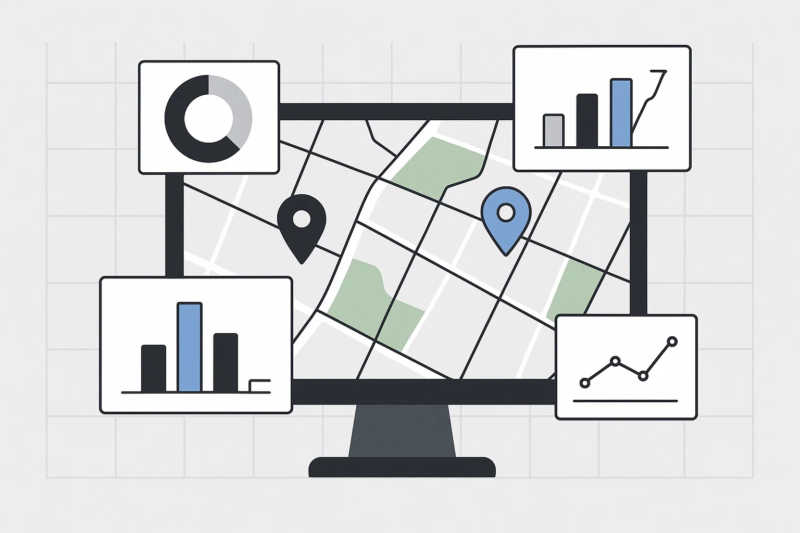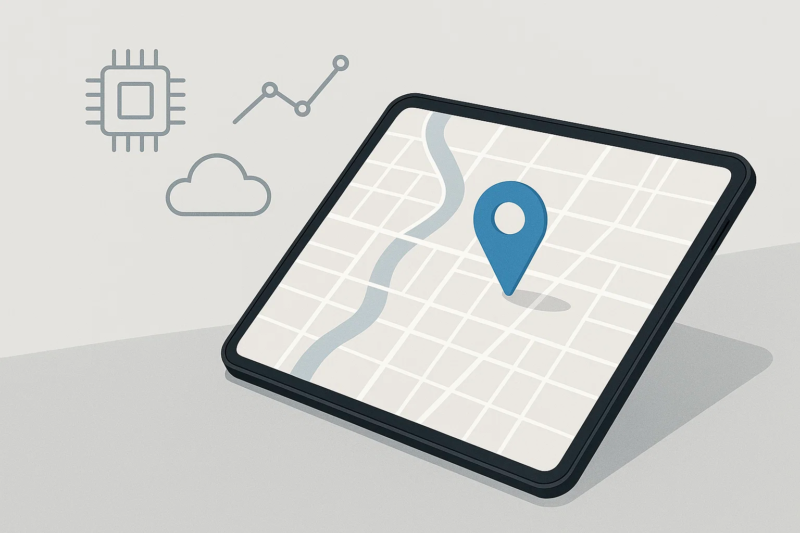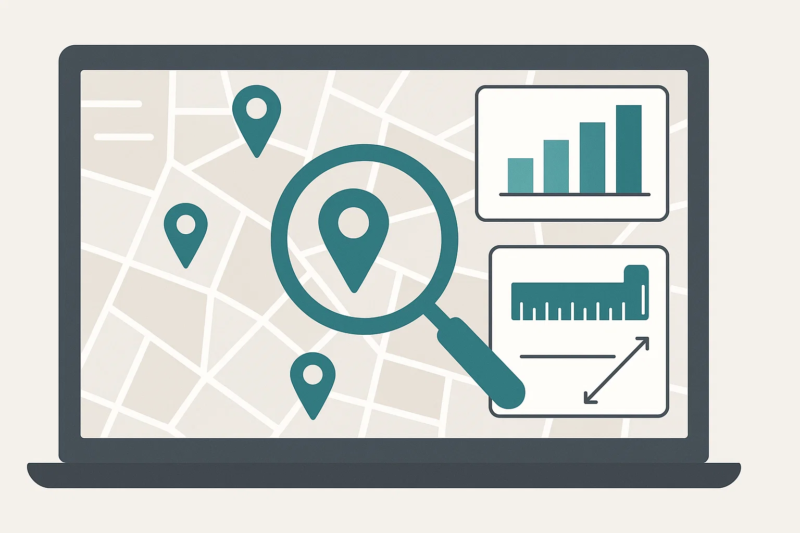
Effective territory management depends on clear measurement. Relying on both objective data and real-time signals is now essential. Modern companies use a mix of sales numbers, process metrics, and new digital tools to understand what is working. Drawing from five years of research, this article explains which numbers matter and how to interpret them. Readers can use this guide to check if their own territory plans are delivering or missing targets.
Table of Contents

Leaders increasingly depend on a small set of core benchmarks when checking the health of territory assignments. Overcomplex measurement often distracts from real problems.
Recent data from 1,200 companies shows that keeping revenue differences among territories low is important. Firms with a Gini coefficient below 0.35 achieve higher retention of sales teams, up to 28 percent more, than those where revenue is more uneven. The best performers keep the difference in potential revenue between nearby territories under 15 percent. They also keep deal size differences below 20 percent.
A review of 45 million account records finds that winning teams keep close to their customers. Territories that do better show more than twice as many scheduled follow-ups. Meanwhile, nearly three-quarters of weaker teams respond to leads or customer queries more than two weeks late. Oracle’s feedback suggests that top-performing territories have a ratio of one sales rep for every eight key accounts.
Tracking how quickly deals progress is now seen as a main health signal. Leading firms measure the weighted value of their pipeline over a 70-day window, finding that a healthy pipeline sits between $450,000 and $600,000 at any time. At least 45 percent of the pipeline needs to be closely linked to active quotas. Regions with much faster response times from top salespeople show as much as three times better results than the slowest performers.

Technology is changing what is possible in territory management. A growing number of companies are using prediction and automation to align targets and track results.
Top companies now use analytics that include not only revenue but also market trends and competitive presence. One widespread formula weights GDP growth at 30 percent, volatility in client industries at 25 percent, and local competition at 20 percent. Capacity planners match salespeople’s skills with the complexity of the accounts they handle. Forma.ai’s territory scoring approach reduced the annual planning cycle by almost half and increased the number of teams hitting their quota by 32 percent.
Understanding buyer and customer sentiment through digital channels now matters. Social listening tools track sentiment scores in sales conversations and online. Since 2022, such tools have improved the accuracy of customer feeling analysis by 38 percent. Tracking digital signals, such as engagement during online meetings, now gives managers early warnings of satisfaction or risk. Companies using sentiment tracking resolve negative perception events over twice as fast as those who do not.

Classic measurement relies on numbers, but qualitative factors are gaining space in scorecards.
Benchmarking by Alexander Group finds that a territory score between 800 and 1,200 points helps avoid both overload and wasted capacity. Where scores are much above this, teams quit 27 percent more often, and the progress of deals slows by nearly a fifth in under-resourced teams. Careful monitoring of these ranges is now common practice.
Localization now extends to checking that company representatives have backgrounds matching the regions they serve. Some industries also require tracking how quickly teams adapt to local regulations. In a pharmaceutical study, areas with high scores for local fit moved into new regions more than 40 percent faster than those with weaker alignment.

Social insights now round out more standard measurements. Direct input from sales leaders and new review systems shape the updated playbook.
Research on over two million social posts finds that the right channels produce better sales results. Territories active on LinkedIn produce deal sizes that are 38 percent higher in enterprise settings. Where teams are active on TikTok, small and mid-size company growth was more than double the usual rate. Brands that tuned their messages and tracked responses specifically by platform reached more marketing-qualified leads.
A fast response to negative news or feedback keeps opportunities alive. Top teams track sentiment variation and act on alerts early. A rapid response within 47 minutes keeps nearly nine out of ten at-risk accounts from leaving.
Views from company leaders underscore a shift toward live, practical feedback. Salesforce’s operations head says their best leading signal is when sales reps ask for more accounts, not aggregate quota figures. A leading analyst at Gartner says most scorecards miss almost half of the relevant health signals, recommending direct audits of local partner influence and regulatory factors. At Forma.ai, revenue operation leaders use a territory score to spot untapped regions or places where teams need coaching, targeting specific numbers in the 800 to 1200-point band.

Organizational improvement depends not only on gathering but also acting on territory data.
Many teams now use hybrid scoring, giving most weight to classical data on sales and pipeline activity, with a smaller share from digital engagement and live feedback. Monthly reviews check for patterns of lead loss, intrusion by rival teams, and dropping engagement at the first signs. Some firms deploy automated tools that quickly rebalance workloads or require training when sentiment swings negative by more than three periods in a row.
This integrated model replaces pure quota tracking with a system that rewards regular checks and timely adjustments. Combining standard metrics with new digital measures and social signals helps teams both detect early risks and act faster for stable territory growth.
Brad Crisp is the CEO at Maptive.com, based in Denver, CO and born in San Francisco, CA. He has extensive experience in Business Mapping, GIS, Data Visualization, Mapping Data Analytics and all forms of software development. His career includes Software Development and Venture Capital dating back to 1998 at businesses like Maptive, GlobalMojo (now Giving Assistant), KPG Ventures, Loopnet, NextCard, and Banking.
